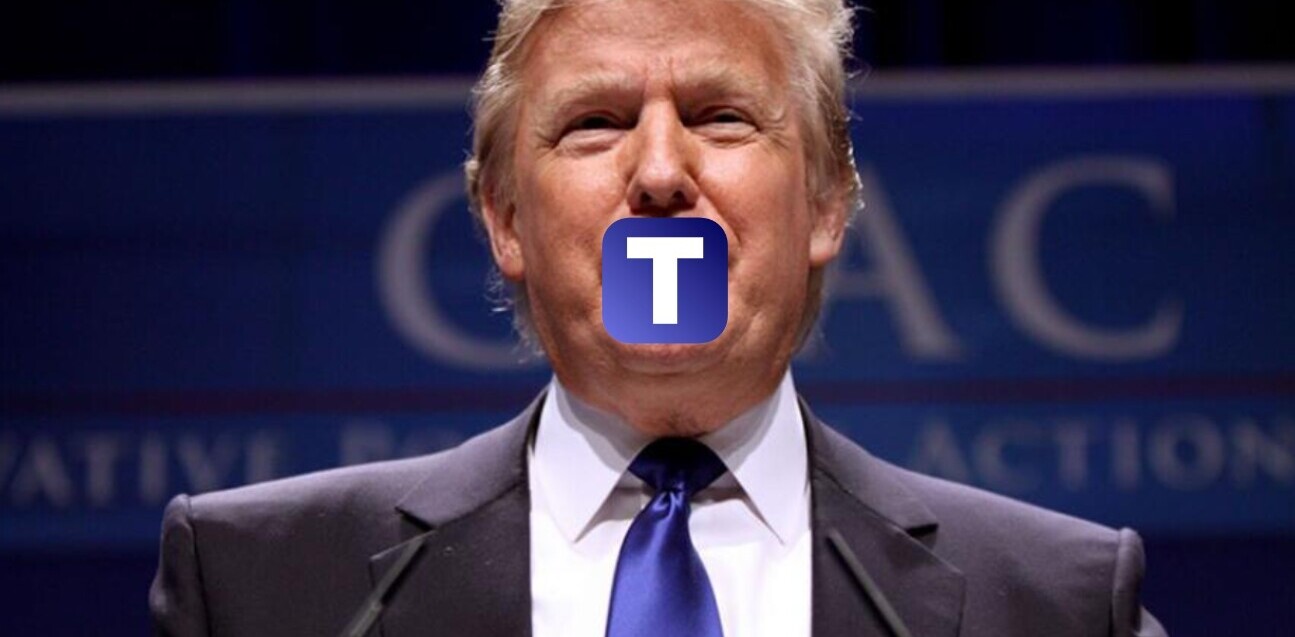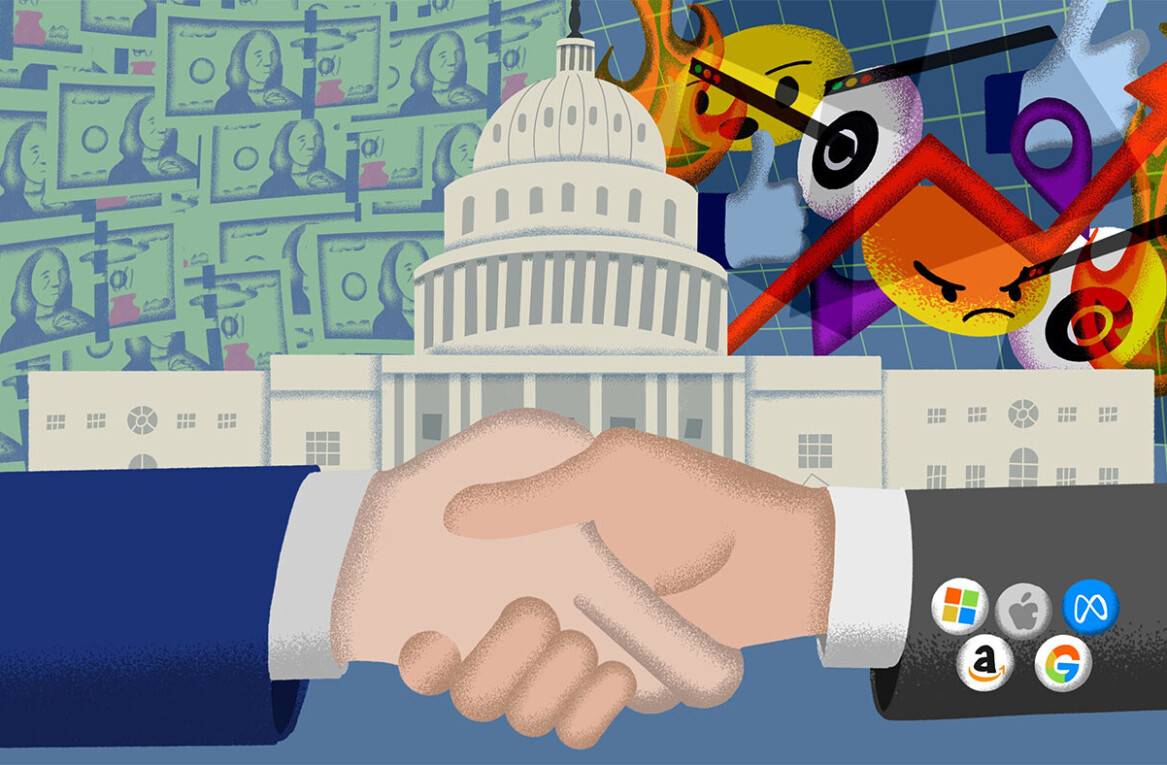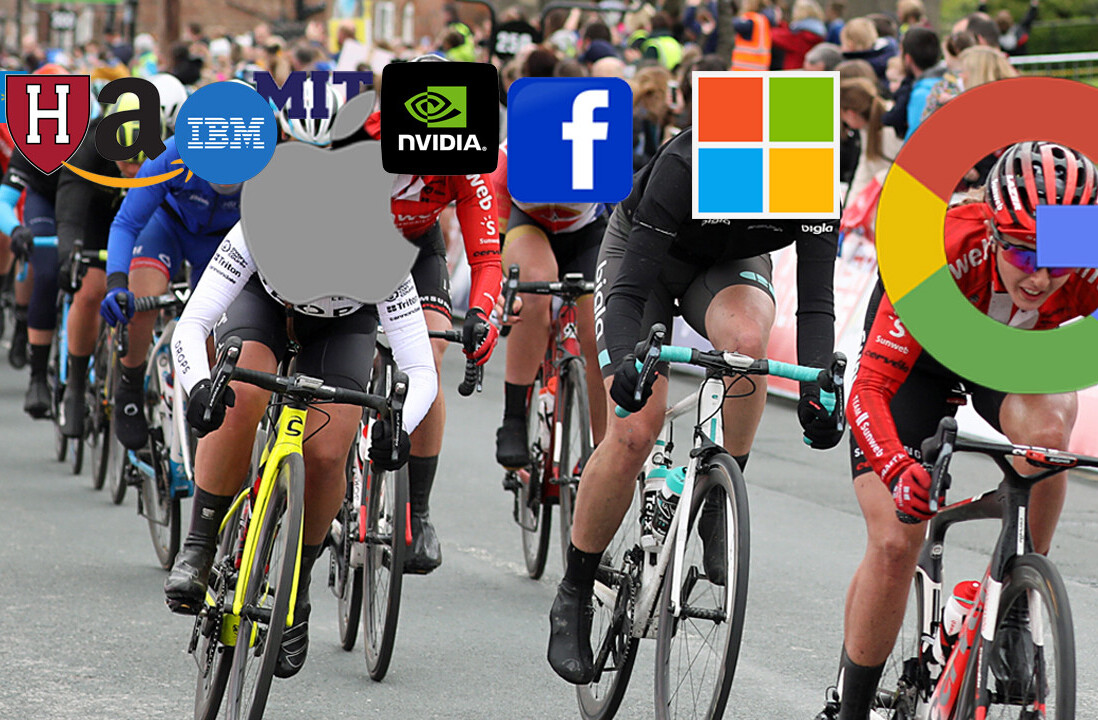
The U.S. is officially nowhere near the best in mobile communications.
It’s an unequivocal fact that this country has been whipped up into a frenzy over Apple’s latest technology, the iPhone 5. This is particularly because it features the newest Holy Grail of Mobile Communication: 4G LTE. Although it’s been around in the country since 2010, both Apple and major cellular providers have been hyping up increased access and rollout of the upgrade to our mobile and data transfers — and geeks are rejoicing as well.
The only problem? LTE, a service proposed in 2005 and nationwide standard in a handful of countries, is already becoming out-moded by faster, smarter technologies. Ladies and gentleman, we are being lapped in the telecom world.
In looking at the bigger picture, the telecoms systems in the U.S. aren’t in any way considered “excellent.” The country that invented the telephone and spent decades dominating nationwide (and worldwide) communication is now losing out to not only known technophile countries like South Korea and Japan but also European countries like Sweden, Norway and Finland.
If that doesn’t smart, then what will is the fact that when it comes to services we have, we are mediocre at best. According to the most recent worldwide study conducted by the Organisation for Economic Co-operation and Development (OECD) on worldwide telecommunications development determined that America has fallen out of the top tier of telecommunications coverage. The country scraped by with 2% above average for nationwide 3G adoption, and a jaw-dropping 16th in broadband coverage.
There are multiple reasons why the nation is mired in telecommunications — and these problems are forcing the American public to miss out on not only faster but also cheaper mobile services. Unfortunately, unpacking the mystery reveals further dismal news.
What the U.S. is missing
In order to understand what America lacks in telecommunications capabilities and technologies, its imperative to recognize what we do have. As of the previous census conducted by the CIA in 2009, the United States is ranked third worldwide on total number of cell phone subscribers — roughly 279 million people. It’s also safe to say that we still operate on a 3G standard, with 92% of the country’s population within access boundaries of the technology. 4G LTE has been around in the country since 2010, when Verizon Wireless began implementing the technology throughout the country (and as a result has the most coverage of any network), but the system is only available to 75% of the total population in the country. Given the particulars, the U.S. isn’t the slowest kid to the bus stop in telecommunications, with respectable numbers in both speed and overall price.
However, it is lacking plenty in the way of cutting edge technology. Where the U.S. used to sit pretty and complacent in the top handful of telecommunications systems in the world, Japan and South Korea have both been working hard to boost their broadband and wireless technologies with increasing efficiency over the last 20 years. Japan was the first country to implement LTE as a national standard, all the way back in 2005. Since then, two modes of communication have been born out of the Pacific Rim, and neither of them will be hitting American soil anytime soon.
The first is HD voice. Relying on a wider frequency band, HD voice essentially provides for more vocal nuances to be picked up and transferred from unit to unit. Whether you’ve noticed it or not, you already use HD voice capabilities with Skype video calls because the service relies on an advance audio compressing codec called Silk. Furthermore, the U.S. has finally reached somewhat of a toe-dip with the release of the first HD voice compatible phone, Sprint’s Evo 4G LTE.
Unfortunately, all of this looks like child’s play compared to the mobile advances worldwide. According to the Global mobile Suppliers Association (GSA), HD voice is offered commercially via mobile in at least 33 countries worldwide by 41 carriers. Citizens in these countries are already experiencing increased call clarity — something that hasn’t changed in the U.S. for nearly a decade.
Of course, HD voice paves the way for the newest cutting edge telecommunications system: voice-over LTE or voLTE. As the name suggests, voLTE relies on the wide spectrum of LTE broadband to facilitate voice calling, meaning that calls are not only clearer and more stable but also that voice calling between two mobile phones is seamless. Though MetroPCS has announced voLTE deployment by the end of this year for its 9 million subscribers, the sparse level of coverage means that the U.S. will be unable to produce nationwide voLTE technology for a few years.
This is disheartening because, unsurprisingly, voLTE is making full deployment roll-outs in South Korea and Japan. Just this past month, South Korea began offering its voLTE services with the debut of the service-compatible Samsung Galaxy S III. Japan should not be too far behind, as popular service and LTE pioneer NTT DOCOMO is expected to make a quick move on voLTE soon.
This is just a slice of the disparity the U.S. is facing in mobile telecoms. At this point, it seems like it’s all too little too late.
Why it’s missing
Our fall from the top of the heap in the telecommunications world can actually be boiled down into some common themes, but the multifactorial problem our structure has made is particularly sticky to get out of. In order for America to become dominant again, some major changes need to be made.
One of the biggest problems facing the U.S. telecommunication industry is the lack of competition. The two companies that hold the lion’s share of mobile subscribers –Verizon with 108.7 million subscribers and AT&T with 108.3 million — each hold more than the next three biggest carriers combined. As a result, the lack of competition means that there’s less push to offer more to the customers. Verizon has put delays on voLTE deployment already until at least 2013, indicating that there’s “no rush” to begin the process. In contrast, the 40% of the EU market that has HD voice reported to GSA that competition is one of the biggest reasons why new technology was implemented. Go figure.
In addition to the general laziness of private enterprise, there is considerably less of a priority for any sort of mobile or broadband expansion from the government sector. While the Federal Communications Commission (FCC) has been setting goals for new innovations and nationwide deployment since the Telecommunications Act of 1996, little headway has been made in actually realizing those dreams. For example, earlier this September the FCC halted plans to roll out LTE for public-safety communications such as those used by emergency services and the fire department due to funding issues. And, while meager sums are doled out to push 3G coverage above the 92% mark, it all seems to be done without much fanfare or enthusiasm. In the midst of a partisan government set on governmental cuts, it seems that the focus on telecommunications build-out will only wither more.
Finally, the worst problem is that telecommunications in the U.S. is a severely limited resource. There are only so many spectrums available for use with the current broadband infrastructure that many companies jockey for just a small piece of the action. Because of this, the FCC can be more prudent and hesitant, leading to less innovation and further stalling. There just isn’t enough to support the growing number of cell phone subscribers, and without upgrades to the system at large, the country will continue to lag behind smaller nations in the Pacific Rim.
All of these problems interact with each other, and are a result of years of neglect and misuse. The U.S. is ultimately setting itself up to be left in the dust with mobile communications, and the consumers are feeling it in dropped calls, data caps and increasing bills.
Is there a solution?
The answer to this header is both yes and no. The distilled answer isn’t that hard to comprehend: until the U.S. makes telecommunications development a priority, the country will continue to be late to the show in both new technologies and full coverage. In many ways, mobile broadband deployment is beginning to mirror the Space Race of the ’60s. Except this time, no one cares.
This can be solved with not only more stringent attention to telecommunications as a mode of innovation, but also in regulation of big business. With more than 216 million citizens subscribed to the two biggest carriers in town (this writer included), both AT&T and Verizon hold the keys to the kingdom. It will take another round of monopoly-busting to get competition moving again, which all in all may not be a bad thing.
Until then, take the small victories while you can, and remember that South Korea has tons more going for it than good food and Gangnam Style.
Image Credit: Joe Raedle/Getty Images
Get the TNW newsletter
Get the most important tech news in your inbox each week.





